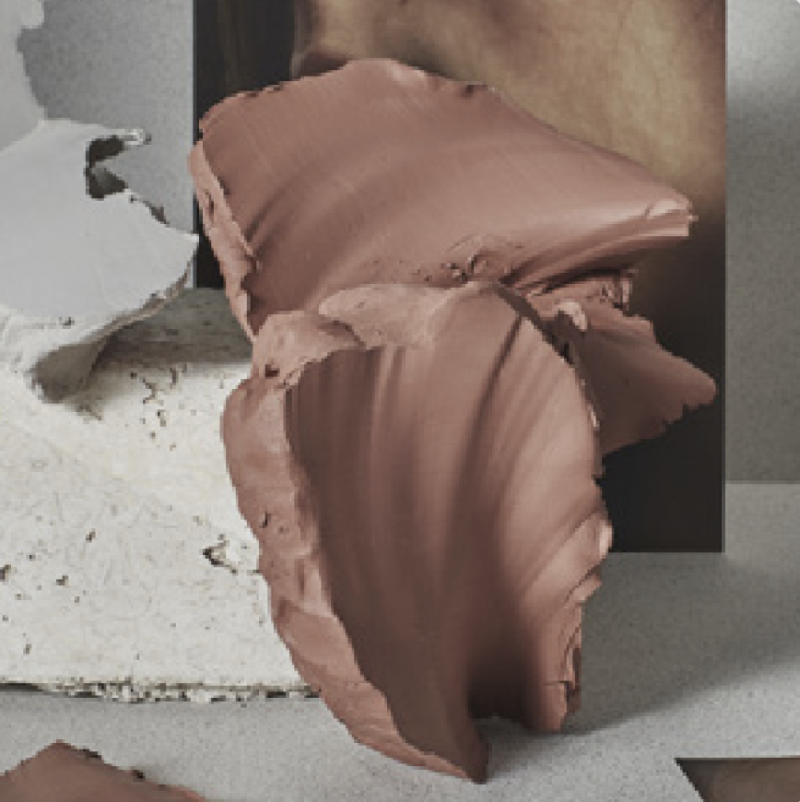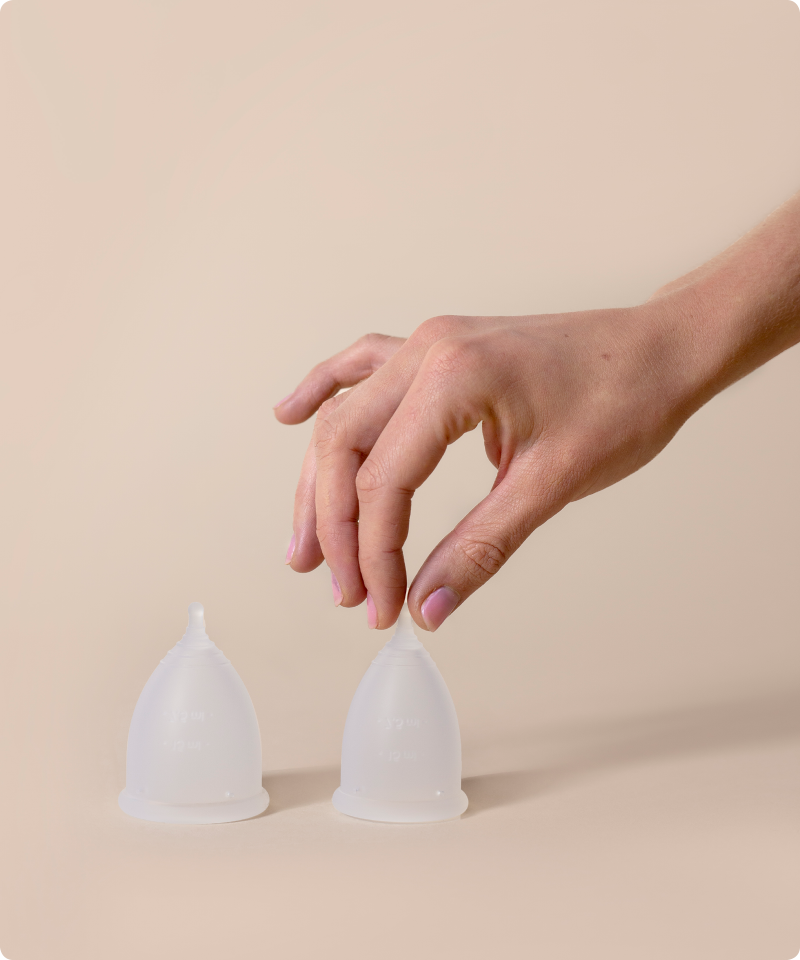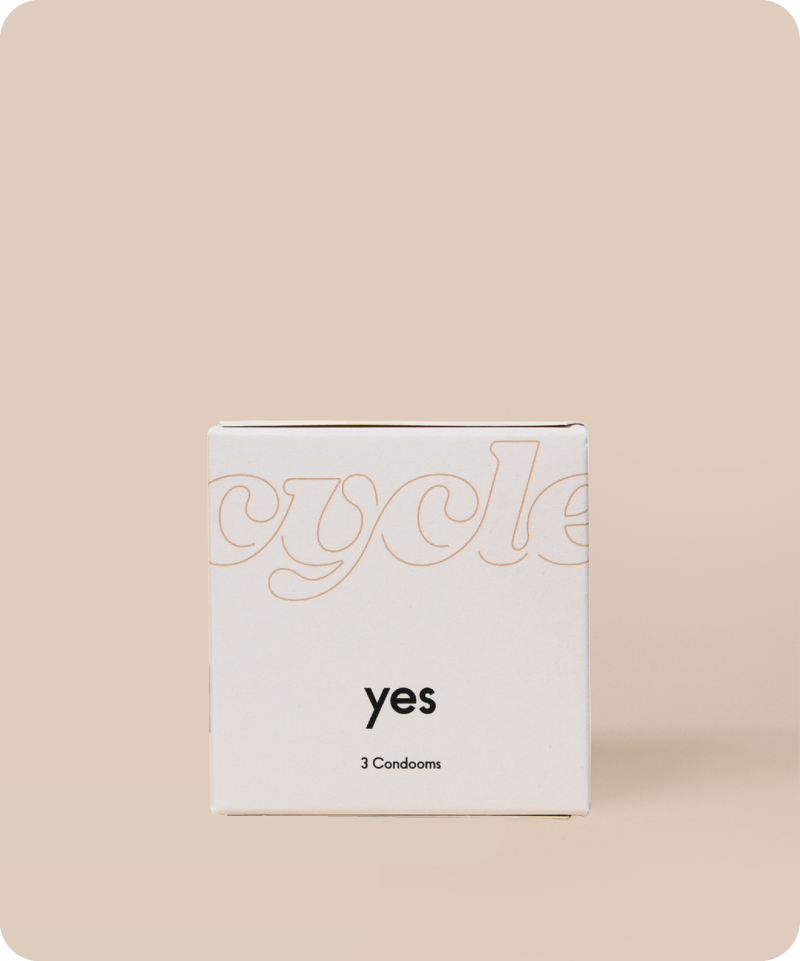diastasis recti: when you have a lingering abdominal bulge after pregnancy
The new mom-life can be incredibly difficult. You have to take care of your new-born and yourself. Lately a new trend seems to have appeared where people are pressured to hit the gym as soon as they’ve given birth to get rid of their pregnancy belly. We are here to tell you that it is okay to skip the gym for a little bit, and that in some cases it can actually do more harm than good to go. But what if your belly still sticks out after your pregnancy? It is possible that it is a case of diastasis recti, better known as abdominal separation, where the space between the left and right belly muscles is a little larger than normal. But don’t worry, we have the solution for you!
Abdominal separation is normal during pregnancy
Abdominal separation is completely normal from week 35 of your pregnancy and onwards, and it is actually not preventable. The pressure on your right abdominal muscles gets bigger, because your baby is growing. At the same time, hormones cause the firmness of the connective tissue to decrease. It all serves a higher purpose: your body is creating more space for your wonderful baby by stretching the linea alba. The linea alba is a piece of connective tissue that runs down from your breastbone to the bottom of your pelvis and attaches the two front halves of your abdominal muscles together. By stretching your abdominal muscles, a sort of ‘hole’ appears between the muscles. It is normal to still feel some space between the right abdominal muscles and that the connective tissue around your belly button still feels soft shortly after the delivery. The abdominal separation can also be felt a bit higher up near the breastbone.
Still have a lot of space between your right abdominal muscles after delivery?
For 60% of birthgivers, the space between the right abdominal muscles is closed after six months. For 40% of birthgivers this isn’t the case. The goal is to eventually get rid of your diastasis. Not because it gives you a pregnant looking belly (although some women find that annoying, too), but because it means that the linea alba can no longer provide tension. You lost an important part of your core strength and that can cause a variety of symptoms, such as lower back pain, pelvis instability, organ prolapse, trouble breathing like hyperventilation, obstipation and incontinence.
What are your options?
For your right abdominal muscles to recover after the delivery, you can wear a belly splint during the first two weeks, especially when you are sleeping. It will hold the right abdominal muscles together, which causes the separation to close a little. In addition, it supports the pelvis, the lower back, and gives some rest to the muscles surrounding the pelvis. You can receive some advice about this from your obstetrician, midwife and/or a (pelvic) physiotherapist.
How do you know if you have this?
Do you want to know if you have diastasis? This is how you find out: go lay on your back, pull up your knees so they face the ceiling and place your feet flat on the ground. Place your arms beside you with the palms of your hands facing down to the floor. Breathe out, lift your head at the same time, and bring your chin to your chest. This way, your shoulder blades will lift off the ground a little. You can now see whether or not there is a small indentation or bump (dome) in or on your belly. You can also feel around your belly button with your hand to see if there is any space between your abdominal muscles. If you feel a small hole, but you have no complaints, then you don’t have to take any action. But if the space is very soft and deep, then you have diastasis recti.
In that case it is a smart idea to make an appointment with a (pelvic) physiotherapist. You don’t need a referral for this. The (pelvic) physiotherapist will examine why the abdominal separation is still there and will make a treatment plan for you. Such a treatment plan may include coordination and strength training, connective tissue massage, mobilizations, and advice on movement and nutrition. The abdominal separation can also be taped, so that the abdominal muscles are forced to get back together. If this treatment doesn’t give the right results, then the right abdominal muscles can be repared during surgery. However, sometimes it is impossible to get rid of diastasis recti. In some cases, you may have to accept that your belly will never look the same as before. Keep in mind to check with your health insurance company if these types of surgery are covered before going down this track!
sit ups, planking... it’s better to avoid them!
It is important that you don’t immediately after your pregnancy start doing sit ups, planks, and other exercises meant to improve your right abdominal muscles. Those will, in fact, only make it worse. You need to give your belly muscles some time to recover. And in the meantime, there are many exercises that you can do! Doing squats can reduce urine loss. Another good exercise is the so-called cat pose: go sit on your hands and knees and round your spine before returning to a neutral spine position. Start with 1 set of 20 and slowly build to 2 sets of 20 and 3 sets of 20. The stronger your back is, the better it is for your stomach. That’s why excersises for your back strength are always recommended. Are you eager to get back to your intensive exercise regime? Make an appointment with a special postpartum-trainer who is experienced with training someone with diastasis.
A pelvic physiotherapist near you can be found via www.bekkenfysiotherapie.nl.




























